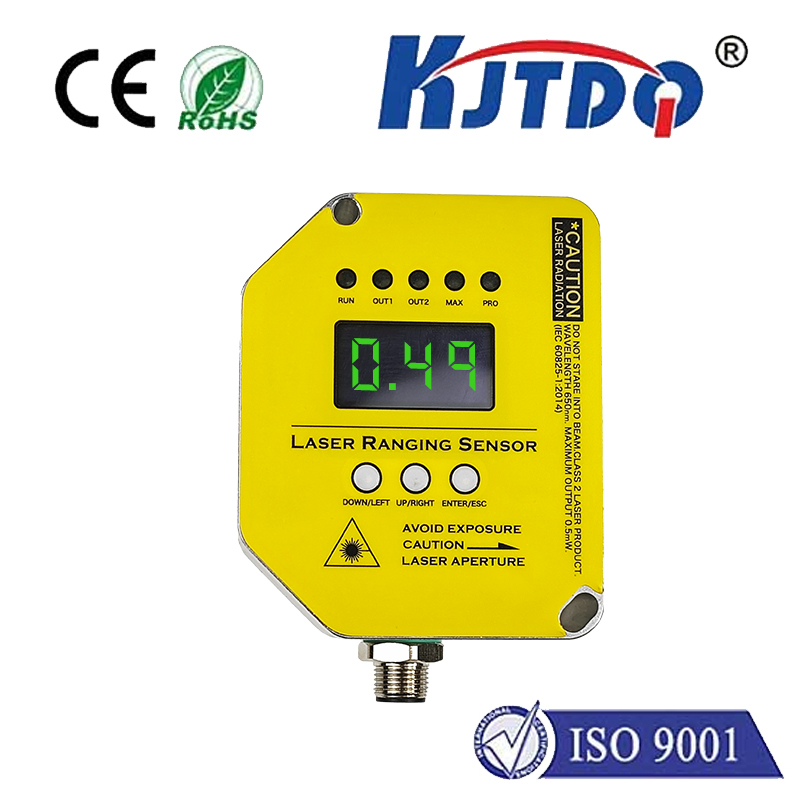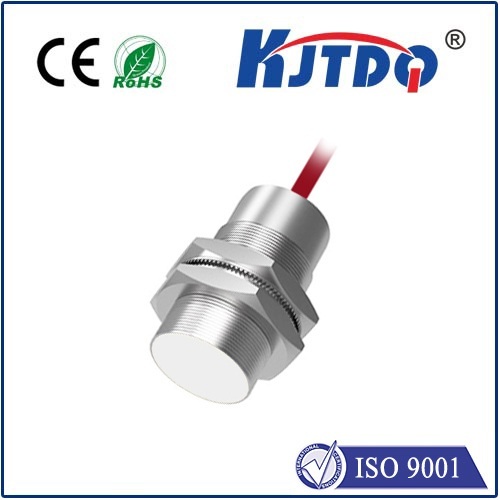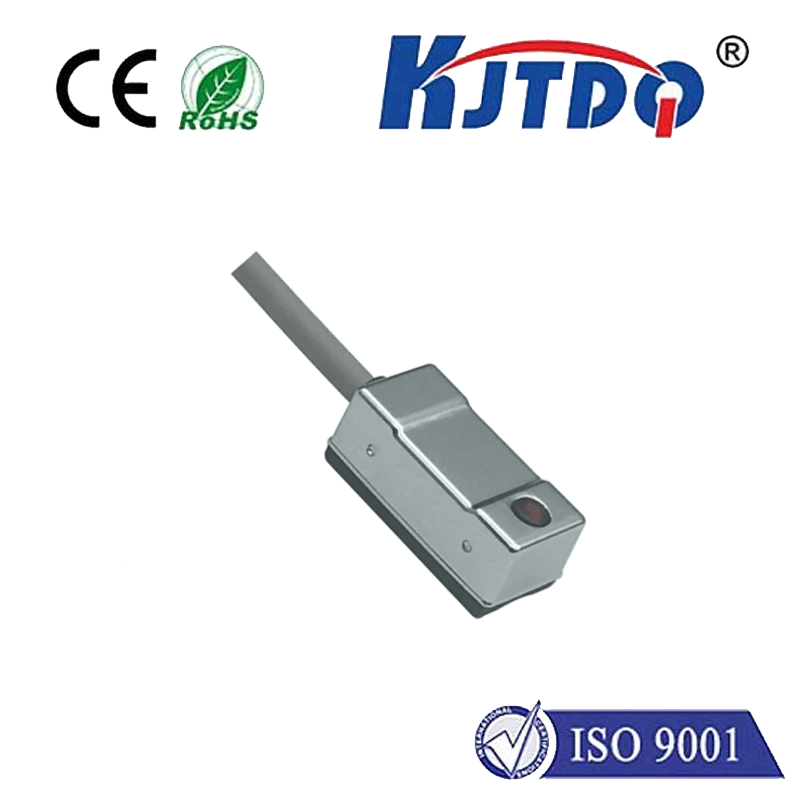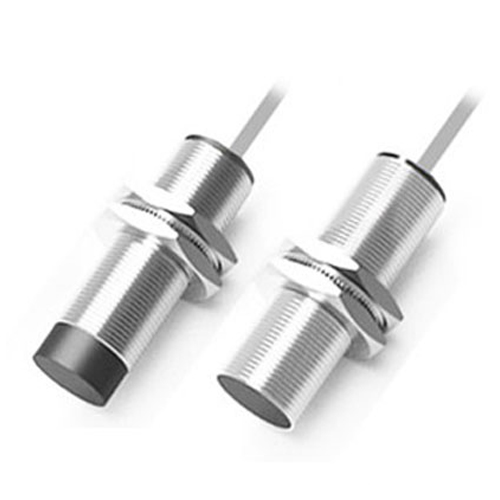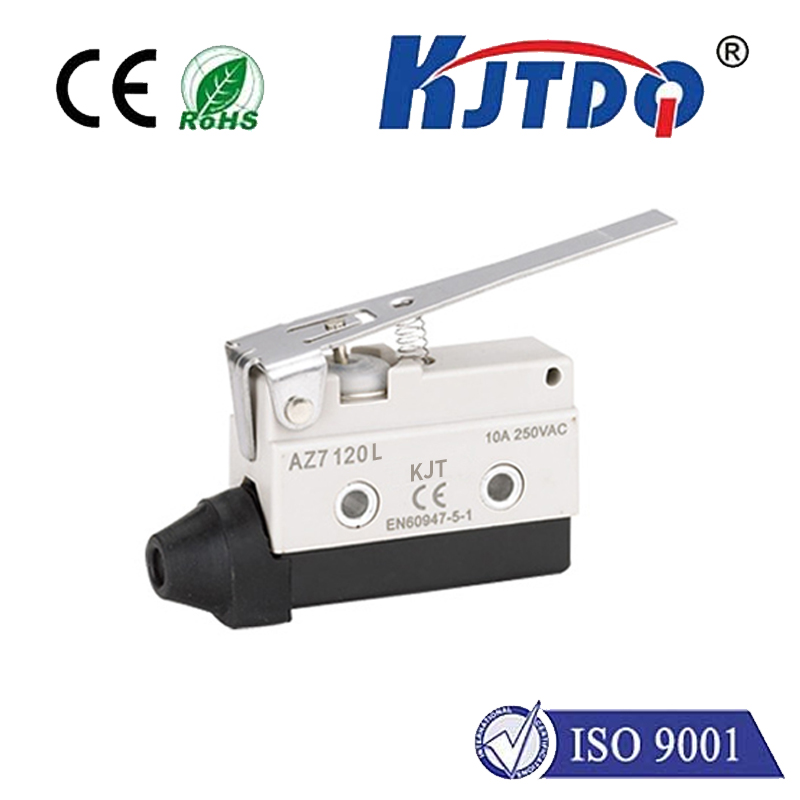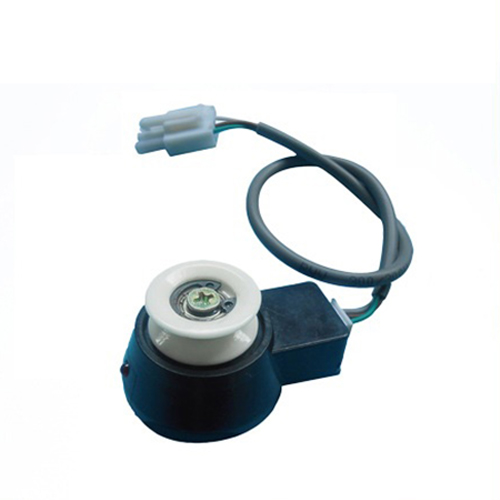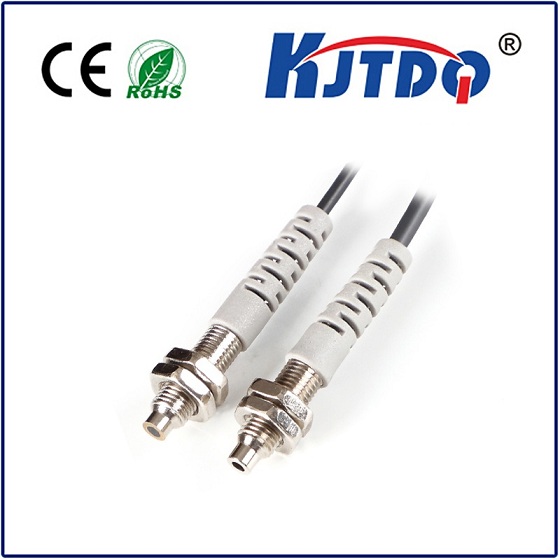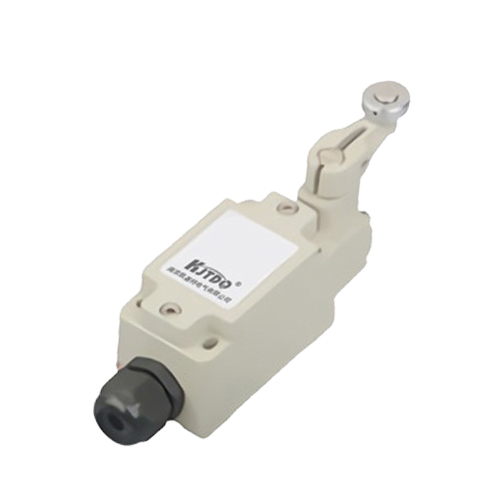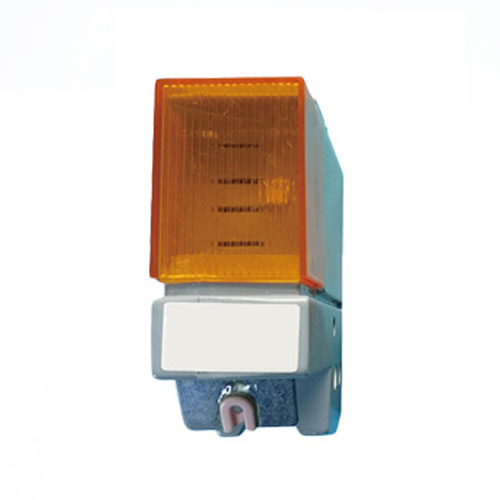

check

check

check

check
Imagine a world where machines operate blindfolded. In the intricate dance of modern manufacturing, automation, and countless consumer devices, non-contact sensing is the invisible force ensuring precision, safety, and efficiency. Among the critical players enabling this unseen intelligence are capacitive and inductive sensors. While their names sound almost like partners, they function on fundamentally different principles, catering to distinct materials and applications. Understanding the capabilities and limitations of capacitive sensors and inductive sensors is paramount for engineers and designers selecting the optimal solution for reliable object detection.
Unveiling Capacitive Sensors: Sensing Beyond Conductors
Capacitive sensors operate based on the principle of capacitance, the ability of a system to store an electrical charge. All objects possess a certain capacitance relative to their surroundings. A capacitive sensor essentially functions like an open capacitor plate integrated into its sensing face.
A critical factor influencing capacitive sensor performance is the dielectric constant (εr) of the target material. Materials with higher εr (like water) cause a larger change in capacitance and are easier to detect at greater distances than low-εr materials (like dry wood).
Demystifying Inductive Sensors: Masters of Metal Detection
Inductive sensors, conversely, rely on electromagnetic induction. They are specifically designed to detect ferrous (iron-based) and non-ferrous metals (like aluminum, copper, or brass) without any physical contact.
Detection range (operating distance) depends heavily on the target material. Ferrous metals (steel, iron) are detected at the farthest range. Non-ferrous metals like brass or aluminum are detected at roughly 1⁄3 to 1⁄2 the range of steel, while stainless steel requires specialized sensors and offers even shorter ranges.
Capacitive vs. Inductive: A Head-to-Head Comparison

Choosing between these two technologies hinges entirely on the specific application requirements. Here’s a breakdown:
| Attribute | Inductive Sensors | Capacitive Sensors |
|---|---|---|
| Target Material | Metals Only (Ferrous & Non-Ferrous) | Virtually All Materials (Metal, Plastic, Liquid, Wood, etc.) |
| Detection Principle | Electromagnetic Induction (Eddy Currents) | Capacitance Change (Electrostatic Field) |
| Sensing Distance | Typically longer for metals (esp. ferrous) | Typically shorter; highly dependent on material dielectric constant |
| Environmental Factors | Highly resilient to dust, dirt, humidity | Sensitive to ambient humidity, build-up of contaminants on face |
| Barrier Permeability | Generally cannot sense through barriers | Can often detect objects through thin non-metallic barriers |
| Influenced By | Target material type (steel > aluminum > SS) | Dielectric constant of target (& ambient conditions) |
| Primary Application | Metal detection, part positioning, counters | Material-independent presence, level detection (liquids/granular), touch interfaces |
When to Choose Which Sensor?
Opt for an Inductive Sensor if:
You specifically need to detect metal objects.
You prioritize longer sensing distances for metal targets.
The environment is harsh (dusty, humid, oily).
You need high positional accuracy on metallic parts.
Applications include machine end stops, part counting on conveyors (metal parts), cylinder position feedback.
Opt for a Capacitive Sensor if:
You need to detect non-metallic materials (plastic, glass, wood, liquid).
Detection through a non-metallic container wall is required (e.g., tank level).
You need to sense liquids or granular materials (powder, grain) inside silos or bins.
The application involves touch interfaces or detecting biological material (with appropriate sensitivity settings).
Applications include fill level control in tanks (plastic/metal), detecting plastic bottle caps, film break detection, touch controls on appliances.
Complementary Technologies, Not Compes
It’s crucial to understand that capacitive and inductive sensors are not interchangeable rivals, but rather complementary technologies. They address fundamentally different needs within the vast landscape of non-contact sensing:
